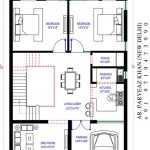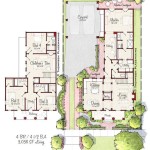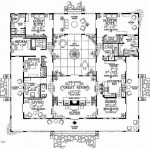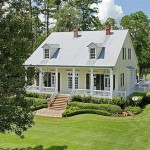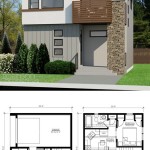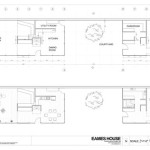Small House Plans With Hip Roof: Essential Aspects
Hip roofs, characterized by four sloping sides that meet at a central ridge, are a popular choice for small house plans. They offer several advantages, making them a practical and aesthetically pleasing option for compact homes.
1. Structural Stability: Hip roofs are known for their structural stability, making them suitable for regions prone to strong winds and hurricanes. The sloping sides provide additional support, distributing the weight more evenly across the structure.
2. Protection from Elements: The steeply sloped sides of a hip roof help shed water and snow effectively, preventing leaks and minimizing damage to the roof and walls. The overhangs provide additional protection from rain and sun exposure.
3. Natural Ventilation: Hip roofs often incorporate vents or dormers, which allow for natural ventilation. This promotes air circulation, reducing moisture and improving indoor air quality.
4. Architectural Versatility: Hip roofs offer flexibility in design. They can complement various architectural styles, from traditional to contemporary. The sloping sides create visual interest and can be enhanced with dormers, chimneys, or other details.
5. Efficient use of Space: A hip roof allows for better space utilization in small houses. The sloping sides create a more open and airy interior, maximizing headroom and creating a sense of spaciousness.
6. Energy Efficiency: Hip roofs can contribute to energy efficiency in small homes. The sloping sides reduce the surface area exposed to the sun, minimizing heat gain during summer months. Proper insulation and ventilation further enhance energy efficiency.
7. Curb Appeal: Hip roofs add significant curb appeal to small houses. The sloping sides, symmetrical lines, and subtle rooflines create a visually pleasing and harmonious aesthetic.
Considerations for Small House Plans With Hip Roof:
- Roof Pitch: The pitch of the roof affects the structural stability, drainage, and overall appearance of the house.
- Overhangs: Overhangs provide protection from the elements and can enhance the curb appeal of the house.
- Dormers: Dormers add architectural interest, provide natural ventilation, and can increase headroom in the upper levels.
- Ventilation: Proper ventilation is crucial to prevent moisture buildup and improve indoor air quality.
- Material Selection: The choice of roofing material depends on factors such as climate, budget, and aesthetic preferences.
In conclusion, small house plans with hip roofs offer a range of advantages, including structural stability, protection from elements, versatility, and energy efficiency. By carefully considering the roof pitch, overhangs, dormers, ventilation, and material selection, architects and homeowners can create aesthetically pleasing and practical small homes with hip roofs.

Simple House Plans 6x7 With 2 Bedrooms Hip Roof Gable Small Design

Simple House Design 6x7 With 2 Bedrooms Hip Roof Small

Small House Plans 9x7 With 2 Bedrooms Hip Roof Samhouseplans

Small House Plans 8x6 5 With One Bedrooms Hip Roof Tiny

Simple House Design 6x7 With 2 Bedrooms Hip Roof Small Plans

Small House Plans 2 Bedrooms Hip Roof 04 Pinoy

Small House Design Plans 5x7 With One Bedroom Hip Roof Tiny

Buy A Plan Of House With Hip Roof Eplan

House Plans 9x9 With 2 Bedrooms Hip Roof S Simple Construction Plan Affordable

Small House Plans 9x7 With 2 Bedrooms Hip Roof Samhouseplans

